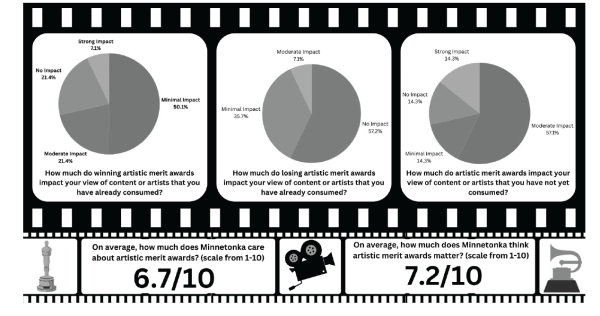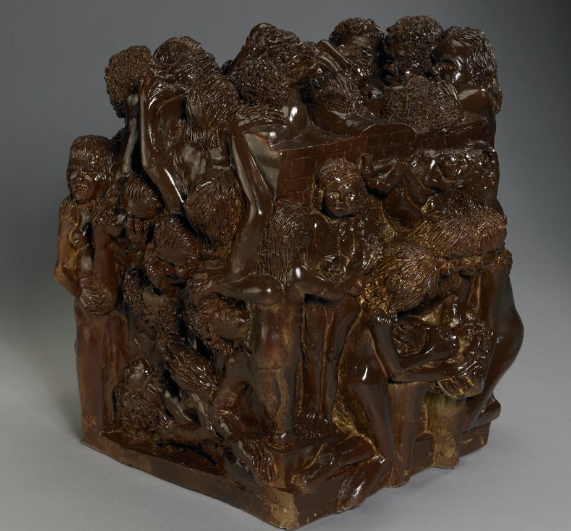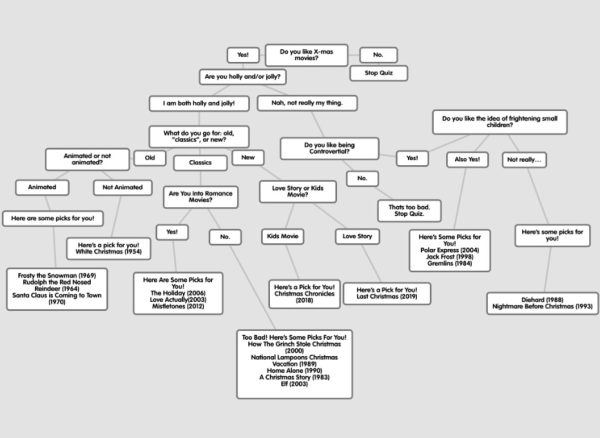Attack on the arts: Why art programs struggle and why they matter
September 29, 2017
After spending a short amount of time around Minnetonka High School, one would most likely be familiar with “The Four A’s” the administration loves to advocate for: Activities, Academics, Arts, and Athletics. Although hearing this mantra repeated dozens of times throughout the year might be the norm for Minnetonka students, it is rather unusual that such a phrase includes “Arts” at all, especially when compared to the struggle that arts programs face nation-wide to earn recognition and funding.
Countless studies have shown that exposure to the arts is beneficial to students. Recently, research by the University of California Los Angeles found that art education correlated with “improved memory and attention for learning,” and art programs have been credited for improving standardized test scores, college acceptance rates, and higher GPAs.
It’s not just researchers and administrators that see the value in art programs. When polled about their interest and enjoyment in their classes, students consistently ranked creative classes as most engaging and exciting.
“Art class […] allows for an almost meditative time in my day, where all I have to focus on is creating something. I’m very grateful for it. I think art classes are definitely important in public schools…many people excel in art and would struggle without the opportunity art class brings,” said Sophie Hicks, a student in IB visual arts.
Despite these benefits, public school art programs are often the first to get cut when money becomes an issue. If schools struggle to get funding from the state for their programs, they look for local funding, which, in Minnesota as well as many other states, is based on property tax rates. Therefore, schools with low property tax rates often receive less money and the funds they do have go towards preparing students for standardized tests, not music, drama, or visual art. As put by Sarah Finn-Sommerfeld, Minnetonka High School’s orchestra director, “In the big picture, public schools are struggling for funding…I have seen more schools diverting funding from the arts to go into ‘survival mode’ and not close their doors. [However,] in Minnetonka, we are fortunate to have not only a strong local tax base, but a population that has voted to provide additional funds to our district, and an administrative team that is incredibly effective at both financial management and creating solutions to funding needs. Because of this, our district has been able to provide strong arts programs and a huge variety of classes for our students to take.”
Minnetonka may have a uniquely expansive art department, but such quality is the exception to the rule–not the norm–and an opportunity that should be available everywhere, not be passed up.






























